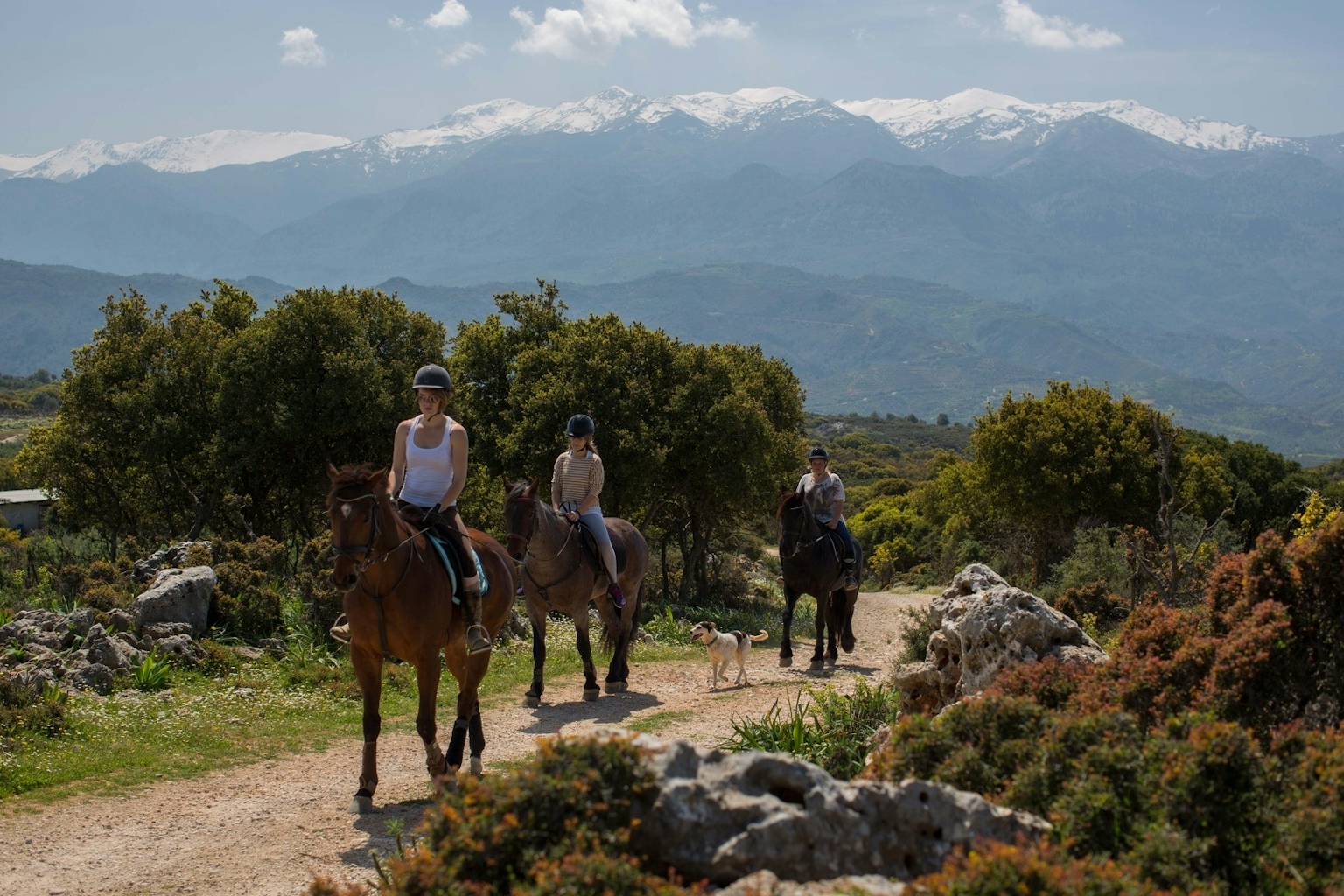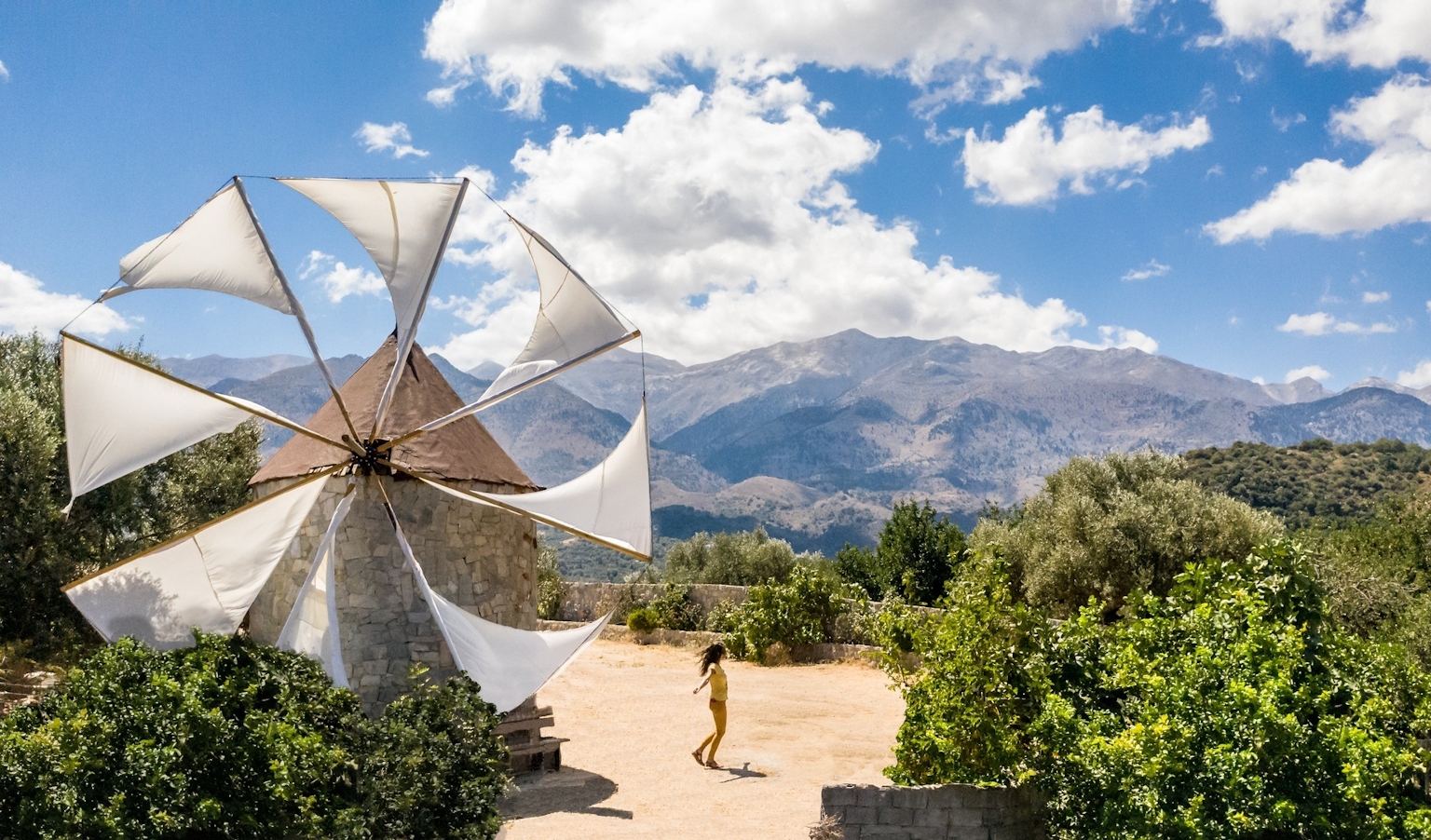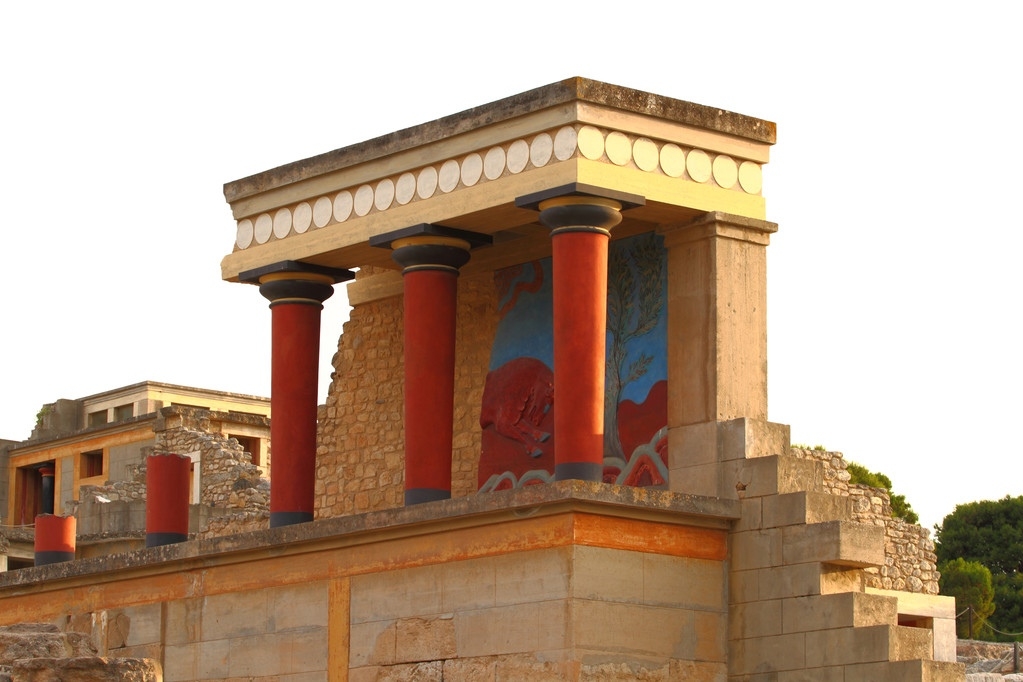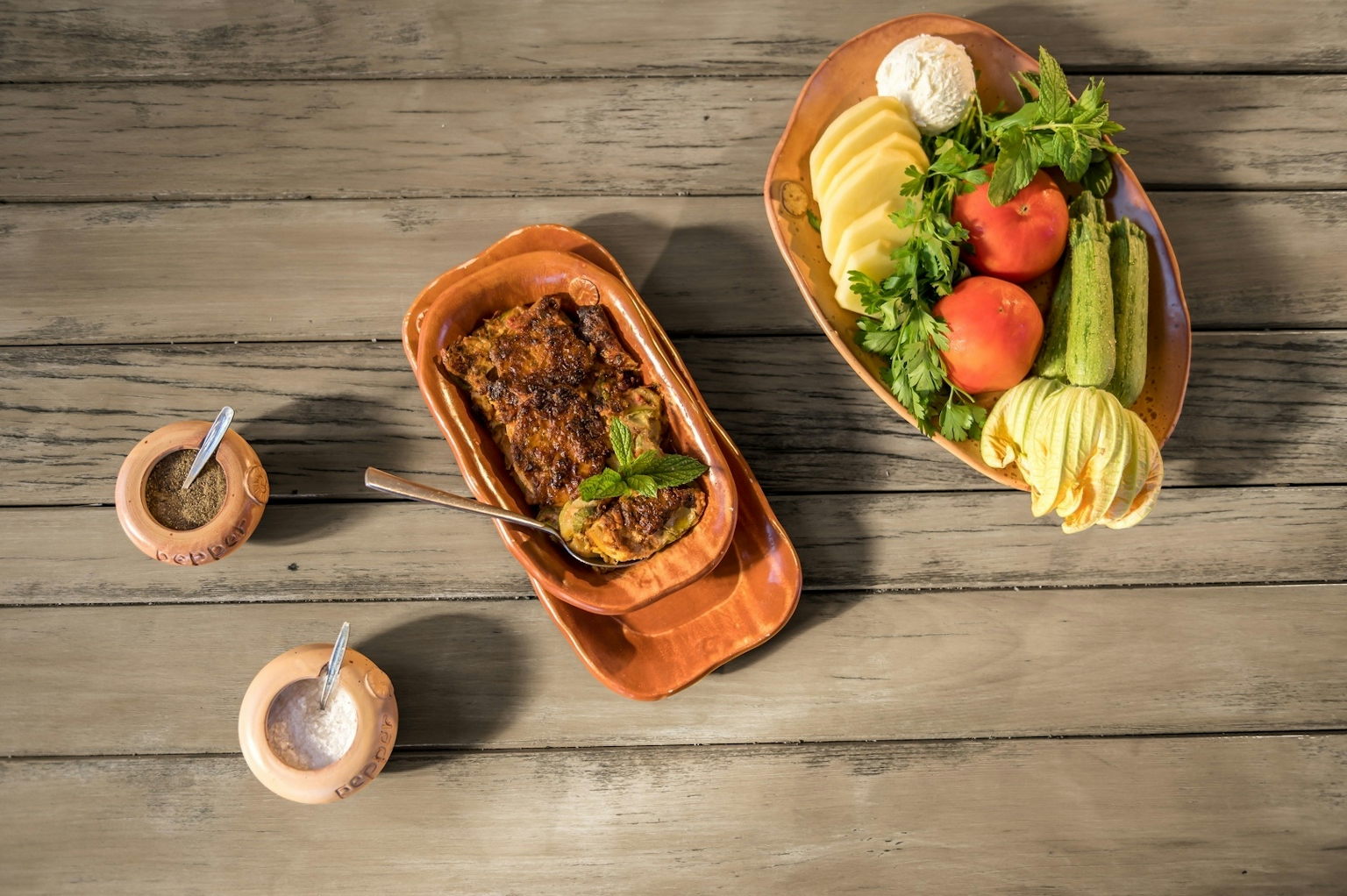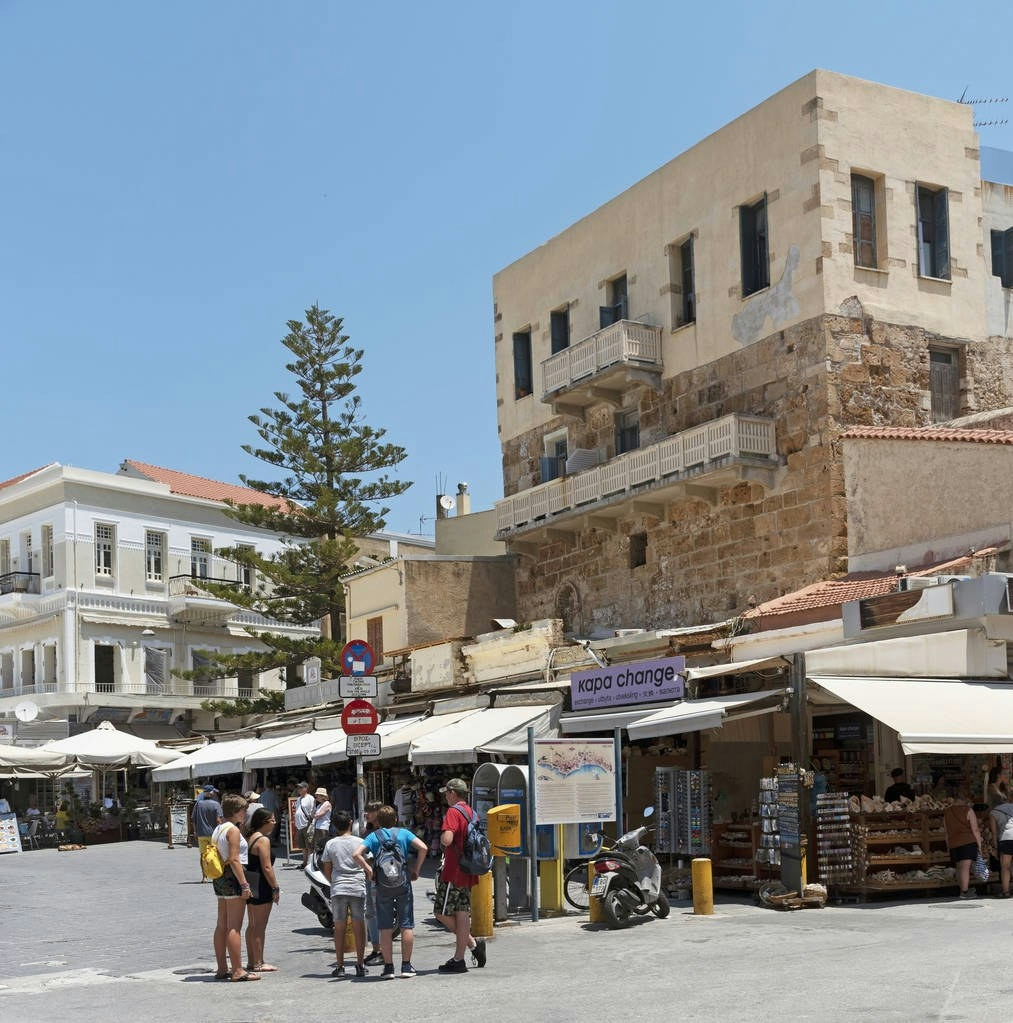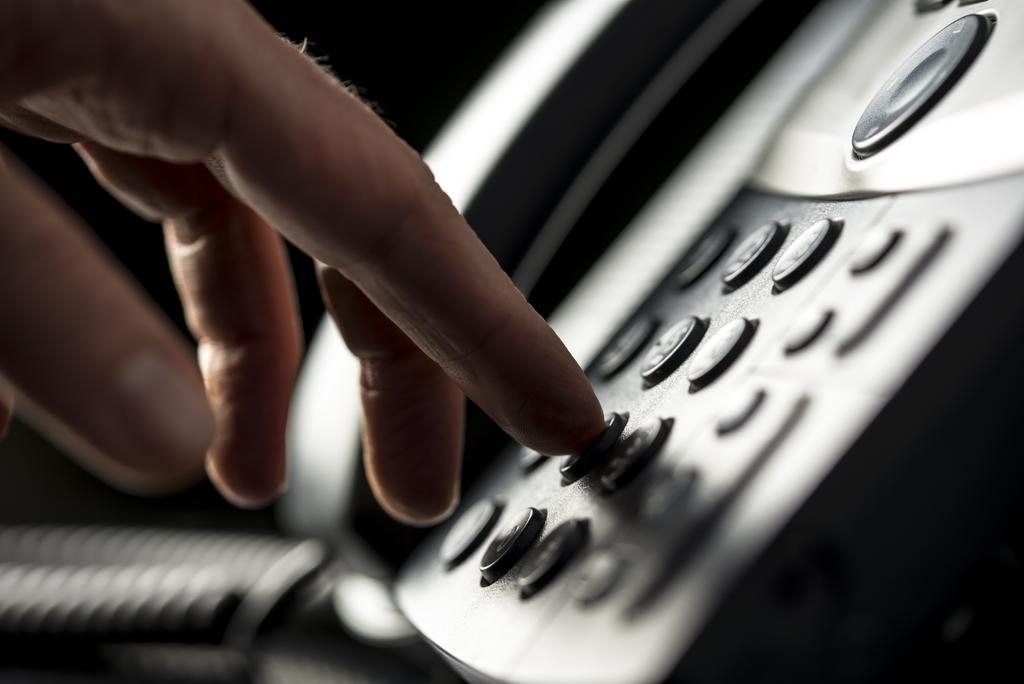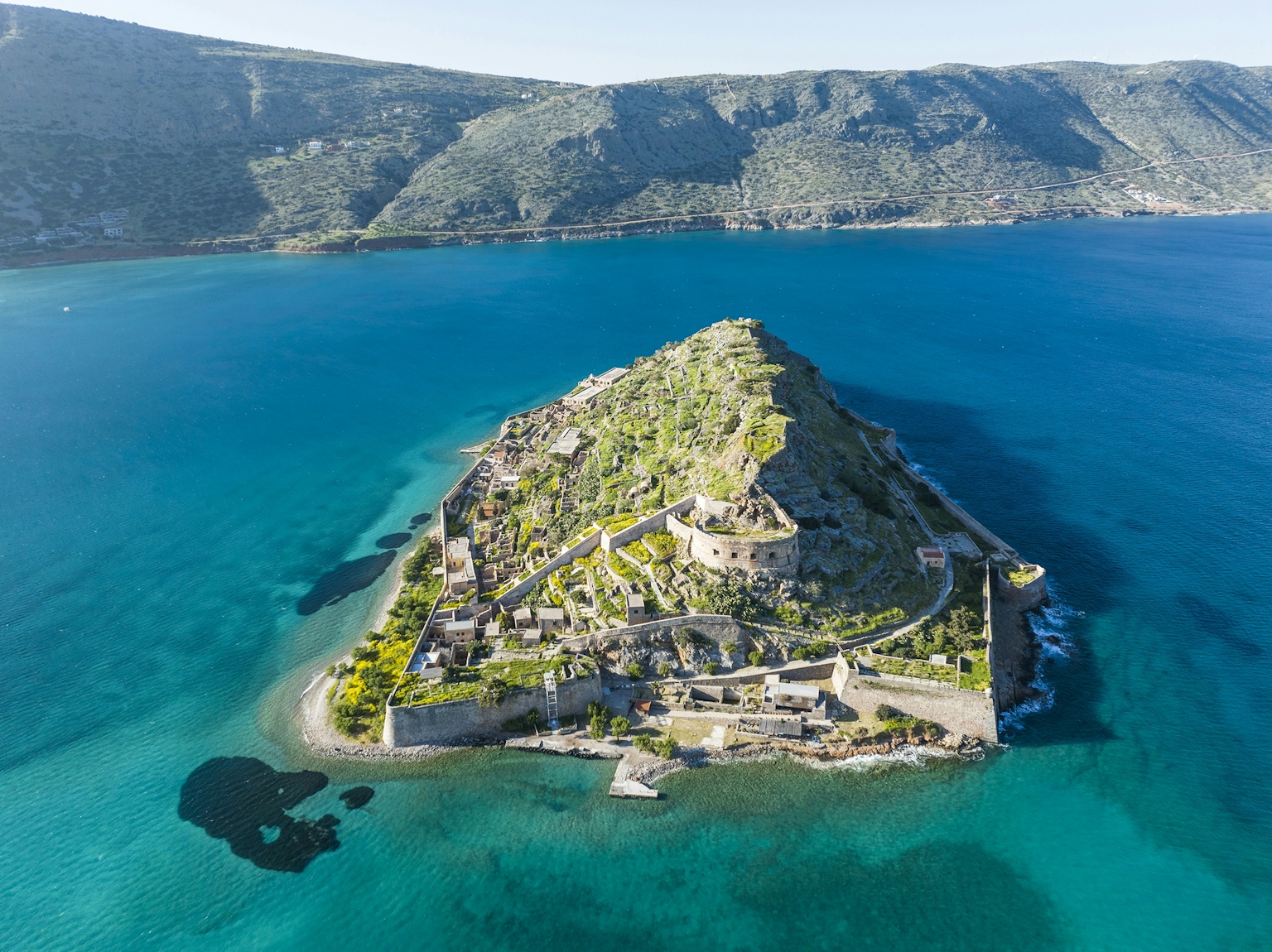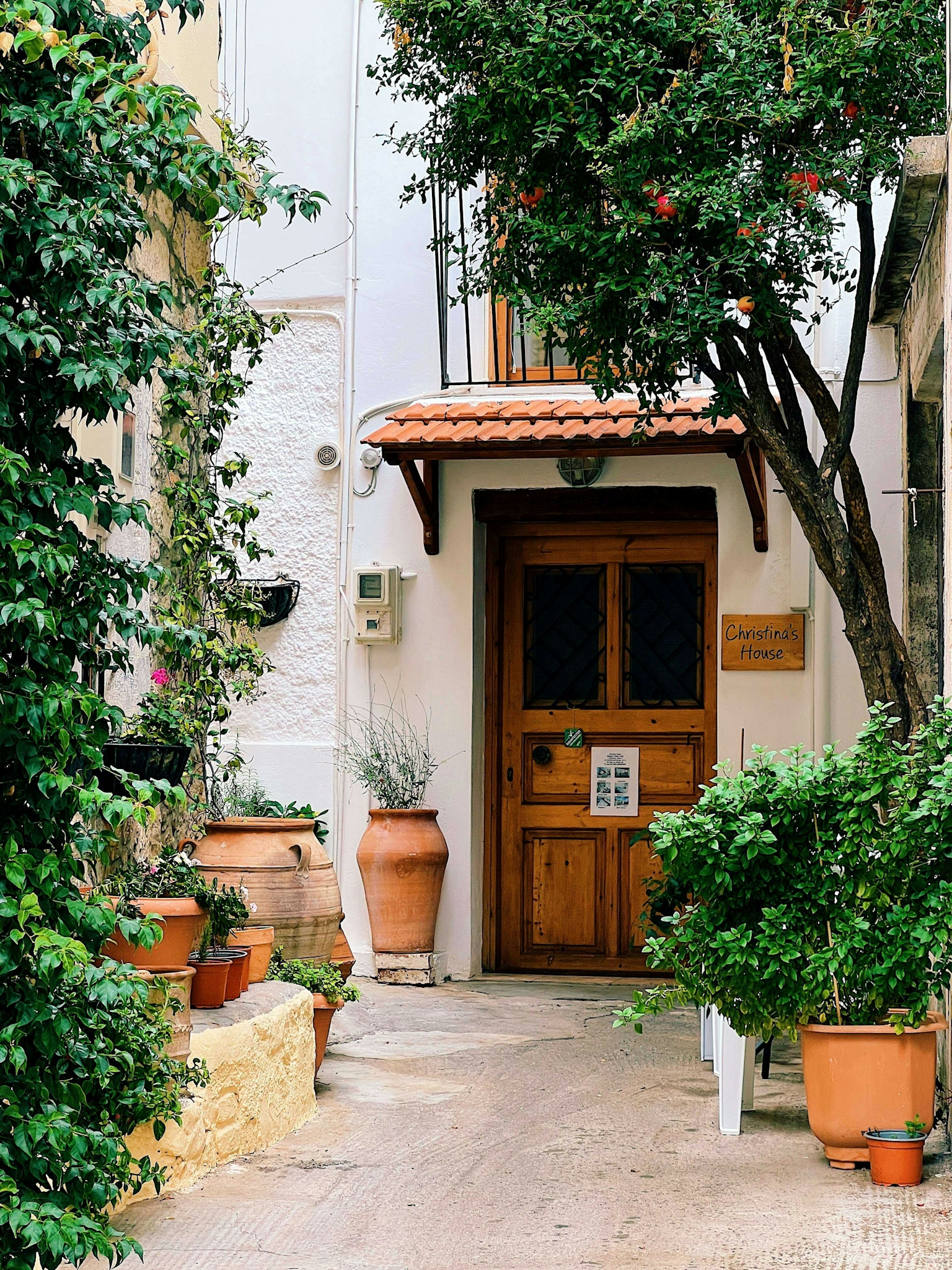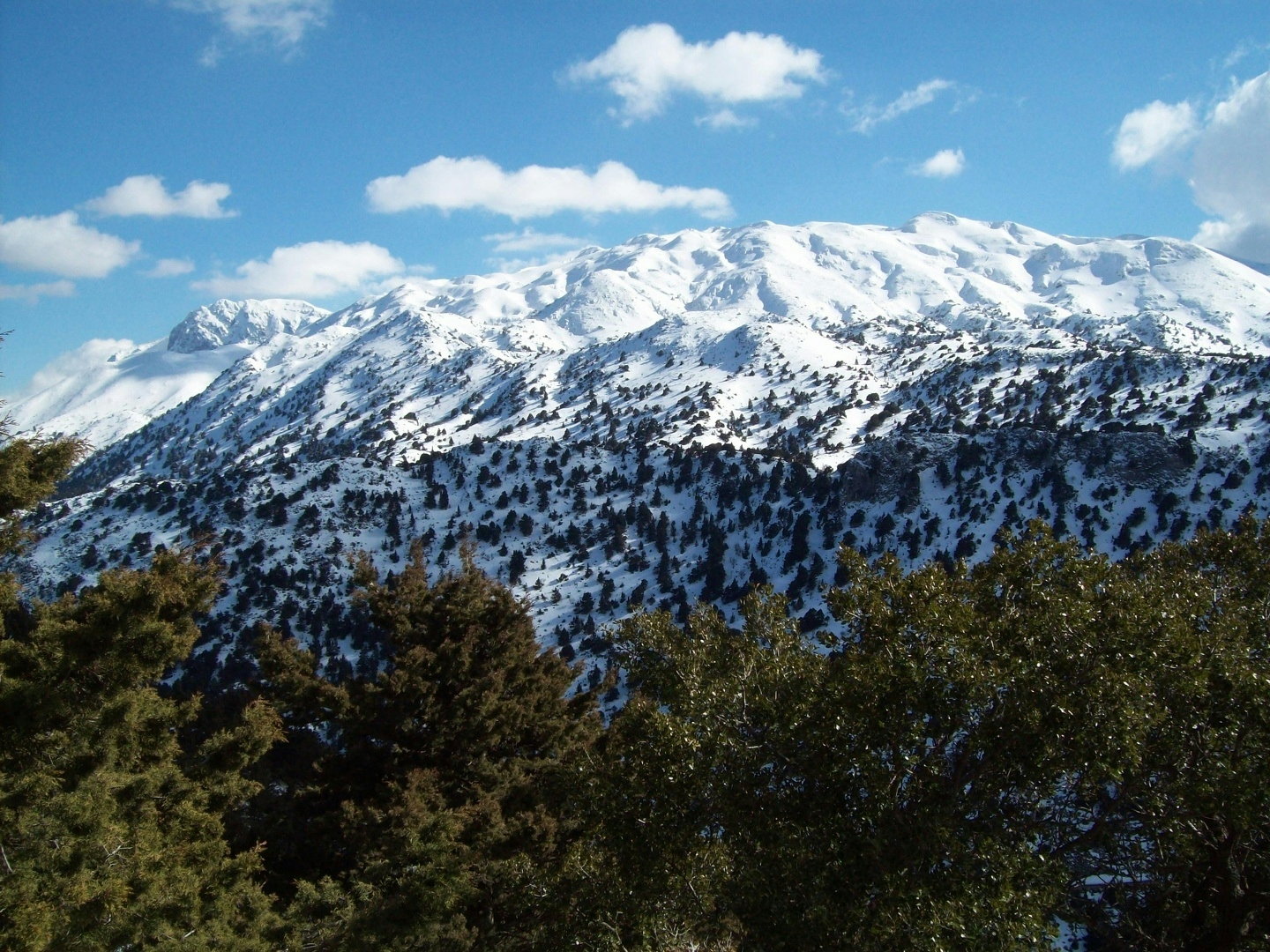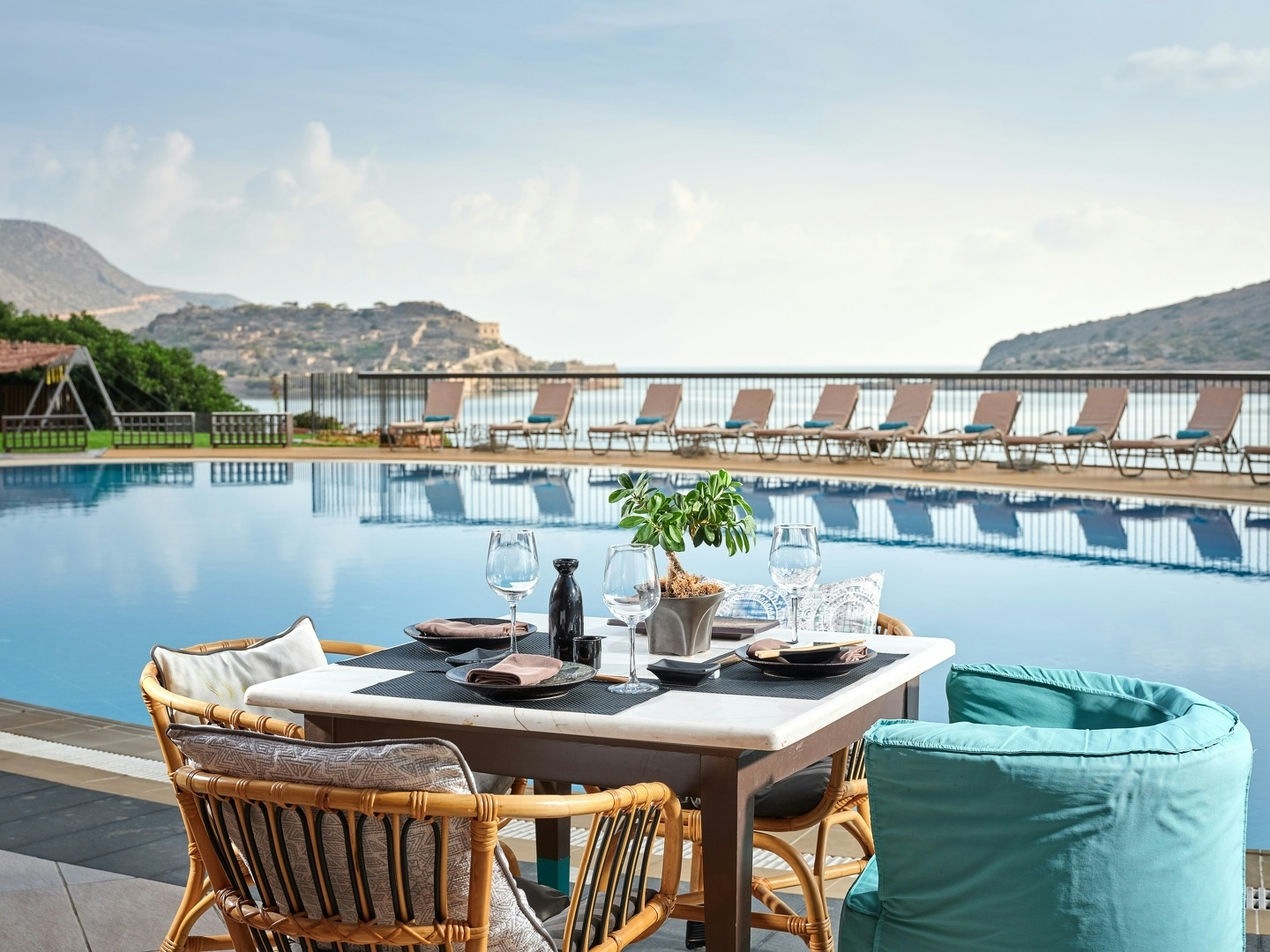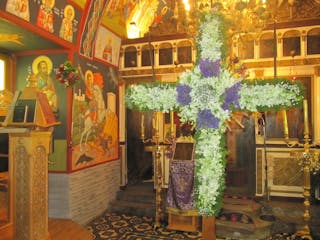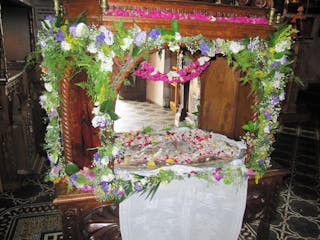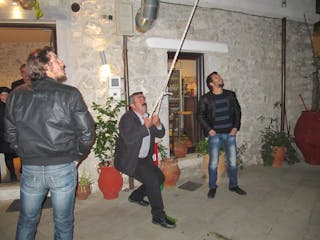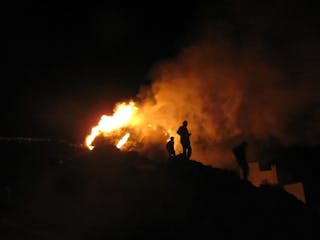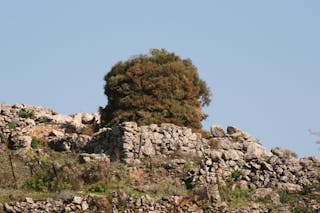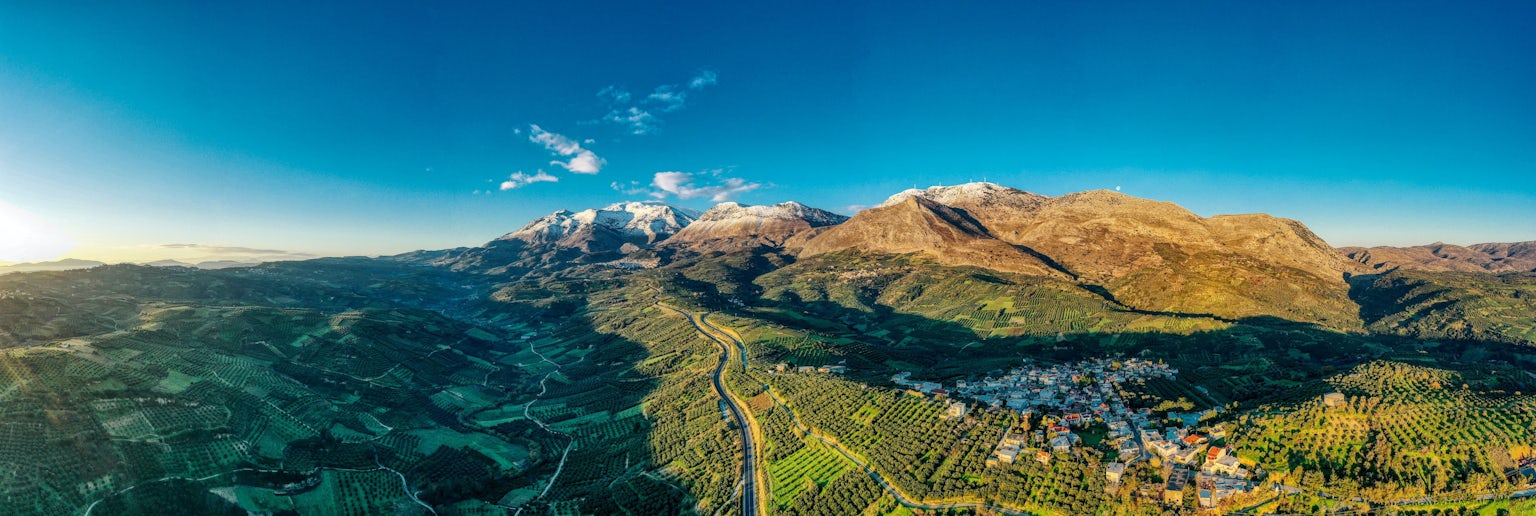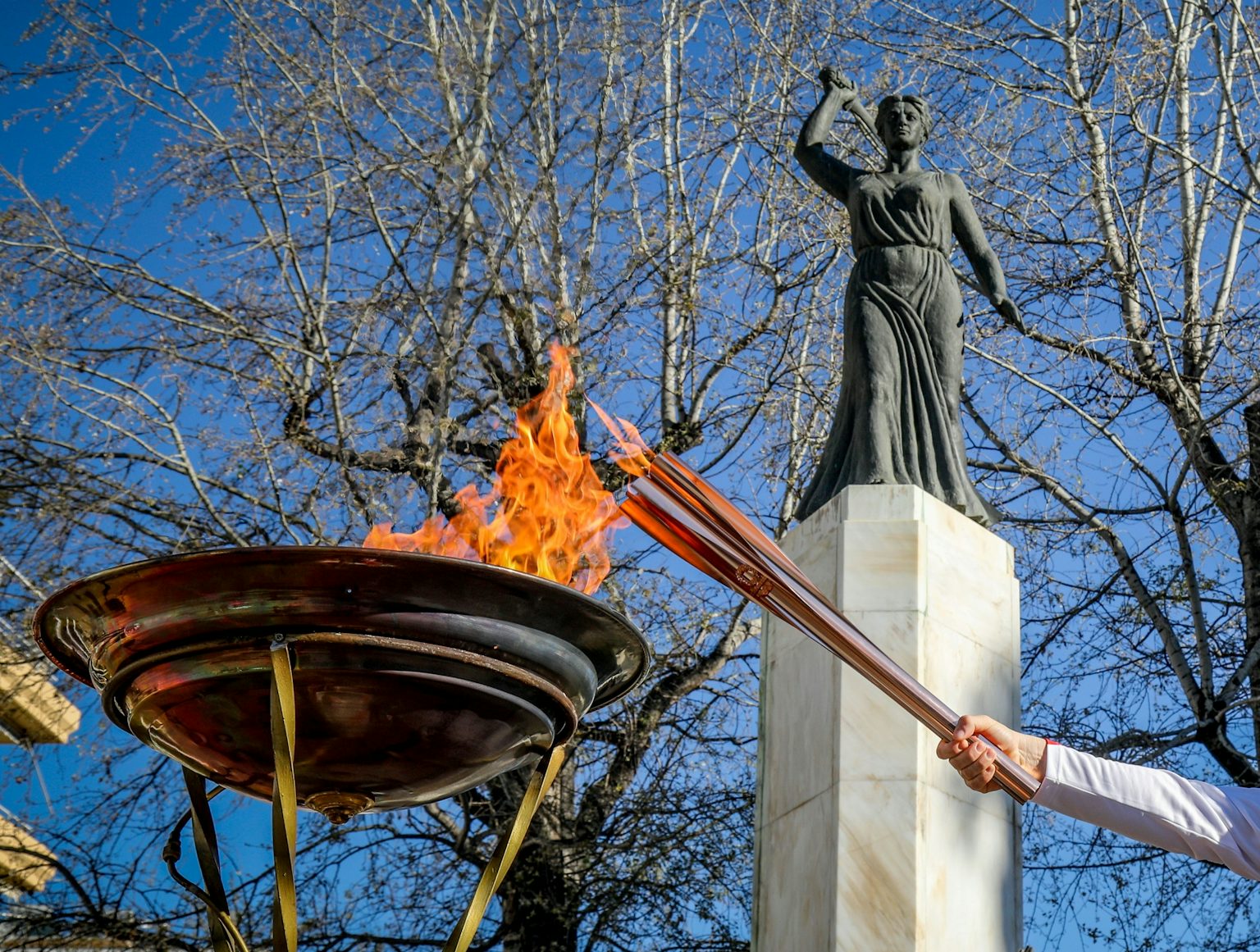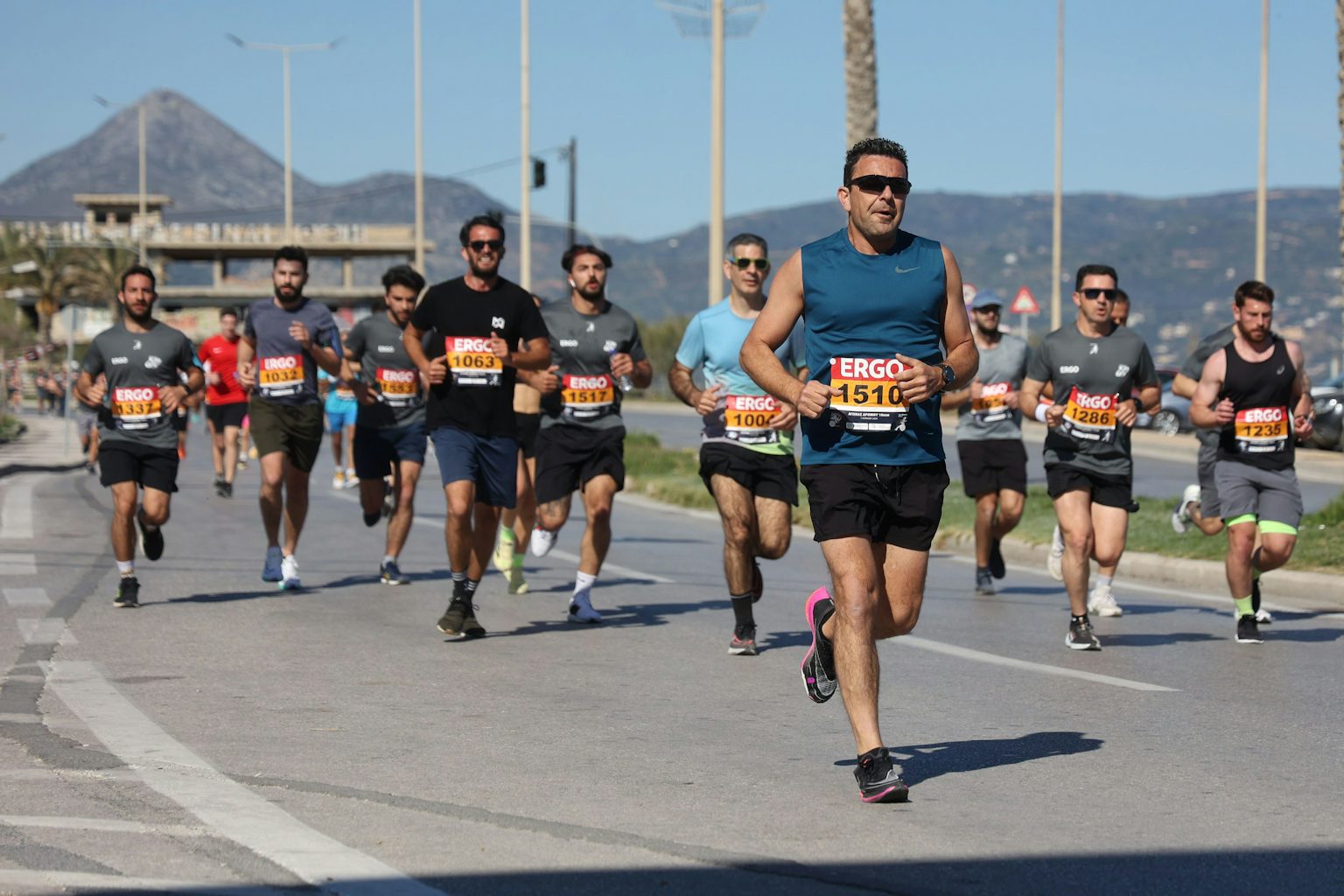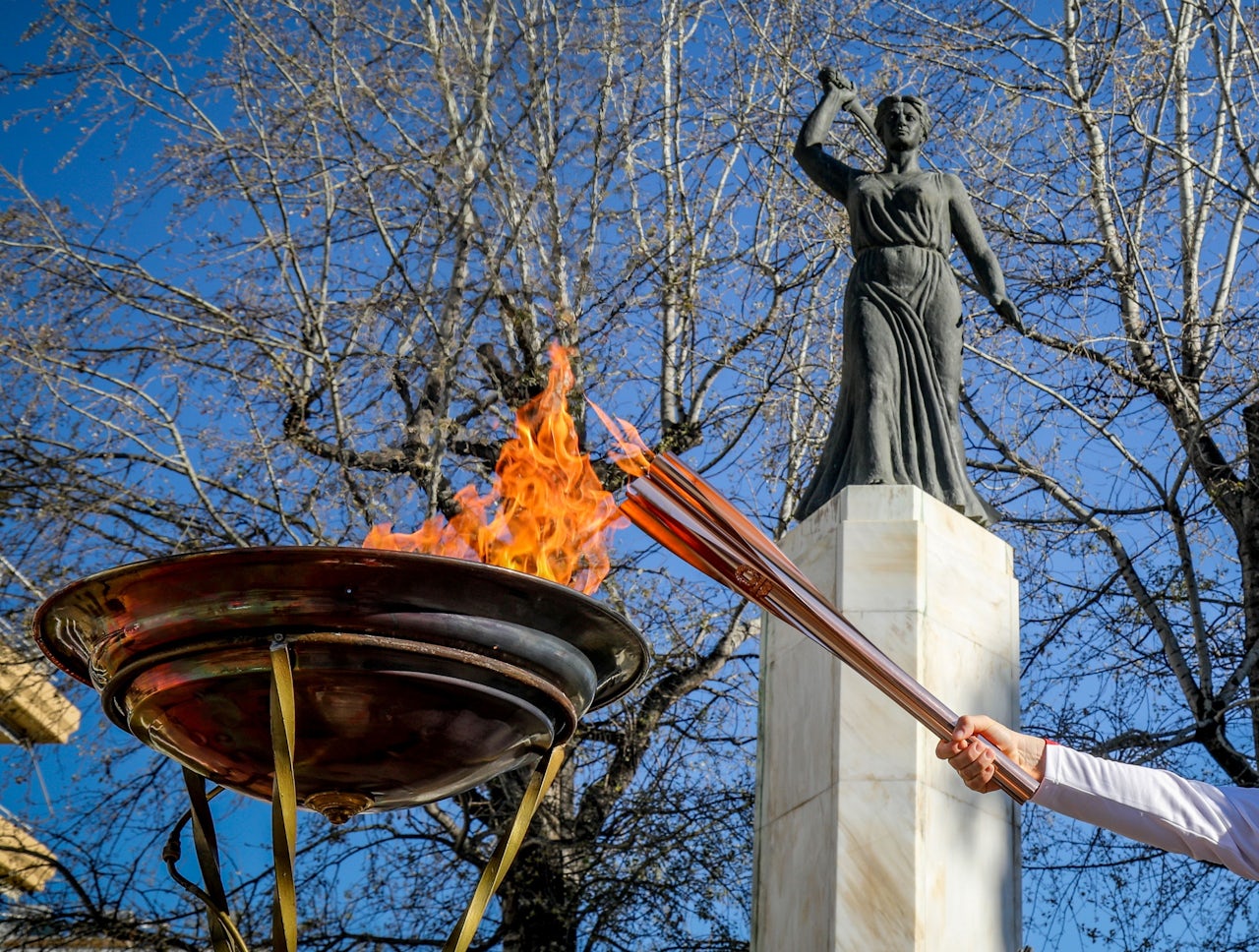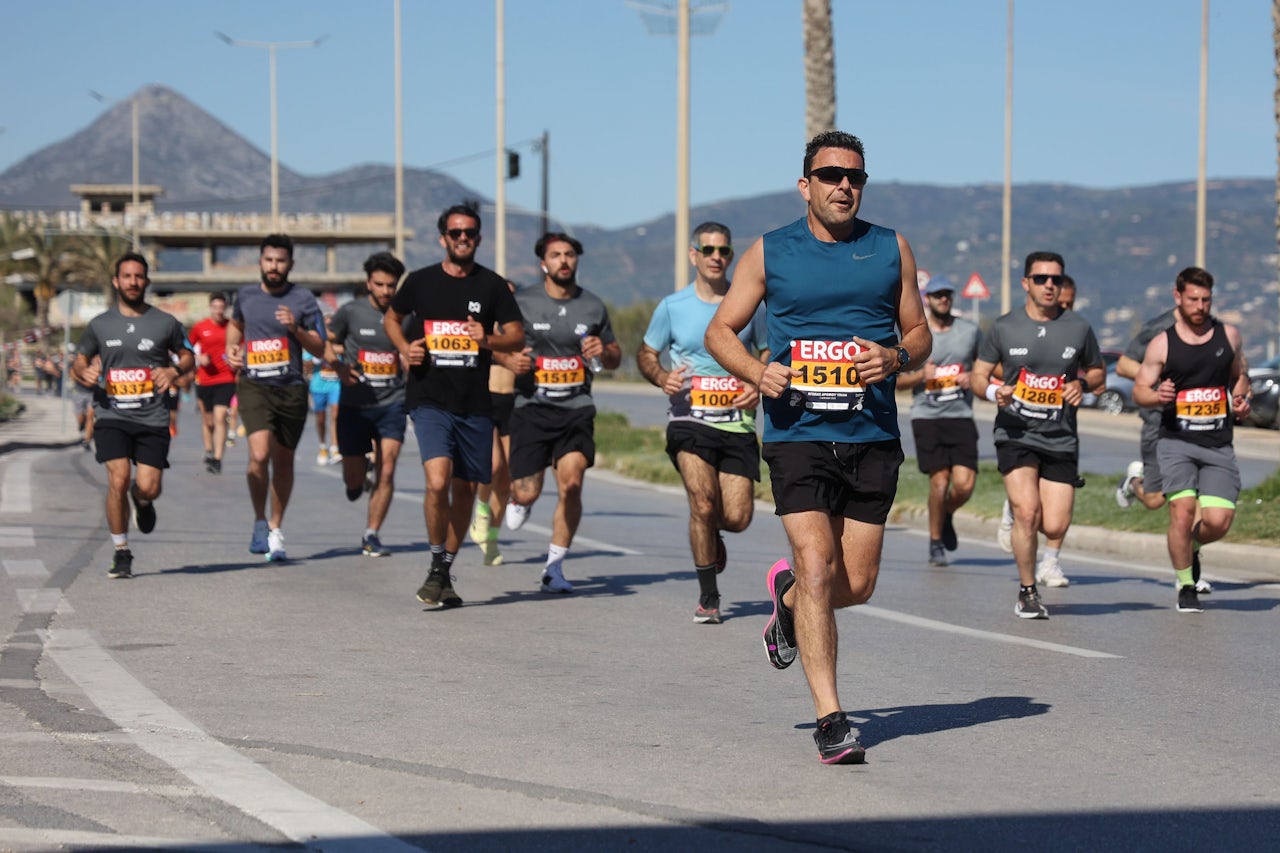An unforgettable celebration awaits, promising moments of pure splendour!
Author Discover Crete
Events
Events
Easter presents a prime opportunity to explore Anogia for two distinct reasons: Firstly, the stunning beauty of Psiloritis' natural surroundings, which are especially captivating during this season. Secondly, the town's deeply rooted traditional customs and rituals, inherited from ancient times, transform Mylopotamos into a premier destination for an unforgettable and authentically unique experience.
Easter preparations
During Holy Week, residents of Anogia immerse themselves in the vibrant rhythm of the grandest celebration. Men, women, and notably children, all play a part in the preparations for the Resurrection. Each person contributes in their own unique way, fulfilling their respective roles and upholding customs and traditions that have remained unchanged for many decades. These practices are deeply ingrained in the identity and culture of the area.
Preparations for the Resurrection commence early in Holy Week, both within homes and churches. Women take on the task of crafting the traditional delectable buns and pastries, dyeing red eggs, and attending to any other necessities of the occasion. Simultaneously, they actively engage in religious observances, contributing to the adornment of their parish's Cross and Epitaph. This meticulous preparation is aimed at ensuring that their display is the most splendid come Good Friday evening, when it will be paraded throughout the village.
The ritual of decoration actually begins on the evening of Maundy Thursday. After the end of the liturgy that ends with the crucifixion of Christ, young women stand reverently before the Cross and sing the lament of the Virgin Mary for her crucified son.
Following this, and extending into the early morning hours, the embellishment of the Cross and the Epitaph with exquisite flowers commences. This task continues until the afternoon of the following day when it is completed.
The adornment of the Epitaph
On the evening of Good Friday, following the service, the four Epitaphs and crosses make their solemn procession through Anogia. In an atmosphere of reverence, black-clad girls accompany each Epitaph, chanting mournful hymns.
This is the moment when all residents and visitors of Anogia are in motion. Those walking alongside the Epitaphs hold lit candles, while others gather outside their homes, eagerly awaiting the procession. They sprinkle the Epitaphs with colognes and shower them with rose petals, exchanging well wishes with everyone they encounter.
It is a local tradition for the Cross, leading the Epitaph, to be borne by young soldiers from Anogia. Amidst the procession, there's a moment where the Epitaph procession halts, and the parish cross, accompanied by the priest and the cantor, makes visits to the homes of recently married couples. In this manner, blessings are bestowed upon the newly established family dwellings. The hostess welcoming the Cross into her home typically offers the church her finest handmade embroidery as a donation.
During the procession of the four Epitaphs, the main topic of conversation revolves around which Epitaph and Cross have been more splendidly decorated, sparking discussions on which one made the most striking impression.
The Resurrection and the Burning of Judas
On Holy Saturday, early in the morning, the bustling preparation for the Easter table commences. While the housewives attend to the stewed dishes, the men take charge of the grilling, having already selected the finest meat for the traditional ofto or antikristo (grilled over charcoal or over an open flame), the traditional menuza or kokoretsi (made from animal offal), and other delectable meze. Grilling activities unfold in every neighbourhood, where large fires are set up. Around these fires, large pieces of lamb belonging to friends and relatives are carefully placed to cook slowly. This process is accompanied by meze and fine wine, extending for as long as the grilling requires.
In the preparations for the Resurrection, children have their own duties that extend beyond food preparation. They are responsible for setting up a large fire in each parish used for burning Judas, which serves as the highlight of the celebration on the night of the Resurrection.
Five churches, six Parishes!
In Anogia, an interesting paradox unfolds. Despite there being five parishes or churches (Metochi, Ai-Giorgis, Ai-Giannis, Perachori, and Seisarcha—a settlement a few kilometres from Anogia), on Holy Saturday, the number of parishes effectively becomes six!
The sixth, albeit informal yet vibrant parish, is Laggos. Although its inhabitants typically attend neighbouring parishes for their religious needs throughout the year, during Easter, they assert their autonomy and actively participate in the celebrations, adding a unique flair to the Easter festivities.
The residents of Laggos, affectionately nicknamed Palestinians by other Anogians, contribute to the vibrant atmosphere of Easter with their unique burning of Judas ceremony. Despite lacking official recognition as a parish with a priest and a church, their tradition adds a distinct flavour to the holiday celebrations.
Preparations for the burning of Judas commence several weeks earlier, led by the children of Anogia. They start by cutting and gathering thorny bushes (such as, spiny and thorny brooms) from the mountainsides, which are essential for the ceremony.
In the evenings, the children from each parish convene at the spot where they gather the wood. Here, they engage in discussions, collaborate on plans for the following day's arrangements, and immerse themselves in the sense of autonomy that comes with organising the burning of Judas. They often stay until late, fully embracing every moment, and sometimes enjoy grilling meat to make their time together even more enjoyable.
On the morning of Holy Saturday, the children from each parish rise very early to begin their day, as there is much work ahead of them. The wood, collected over many weeks, must be carefully transported by hand from its collection point to designated prominent locations on the outskirts of the village. Here, they arrange and stack the wood meticulously to form a large and tall cylindrical pile, atop which they place an improvised effigy of Judas at the end.
Around midnight, when the proclamation ‘Christ is Risen’ fills the air, both young and old emerge from the church and make their way to the site where the Judas effigy of their parish stands.
As the priest declares ‘Christ is Risen’, large fires are simultaneously ignited, casting a radiant glow across all of Anogia. These flames transform the night into day, painting a breath-taking scene and fostering an atmosphere of excitement just before the Easter feast. Meanwhile, the church bells chime incessantly, ringing out with joyous melodies.
The Easter menu invariably features delectable meats and offal, painstakingly cooked beforehand by seasoned chefs. Alongside these, there are Easter buns and pastries, as well as other traditional delicacies, each reflecting the creativity and inspiration of the hostess.
Following the Resurrection service in each church, a subsequent procession featuring the icon of the Resurrection ensues. This time, believers accompany the icon from each parish, exchanging well wishes with those eagerly awaiting outside their homes to witness the Resurrection procession.
Right after the official Easter meal, the table transforms into a gathering spot for families and friends, marking the occasion for another feast. This gathering is filled with abundant food, wine, jovial banter, and perhaps even spontaneous, prolonged festivities.
Source: Municipality of Anogia
Discover:
Life in a Mitato: Anogia offers an authentic taste of Crete!
Related news
